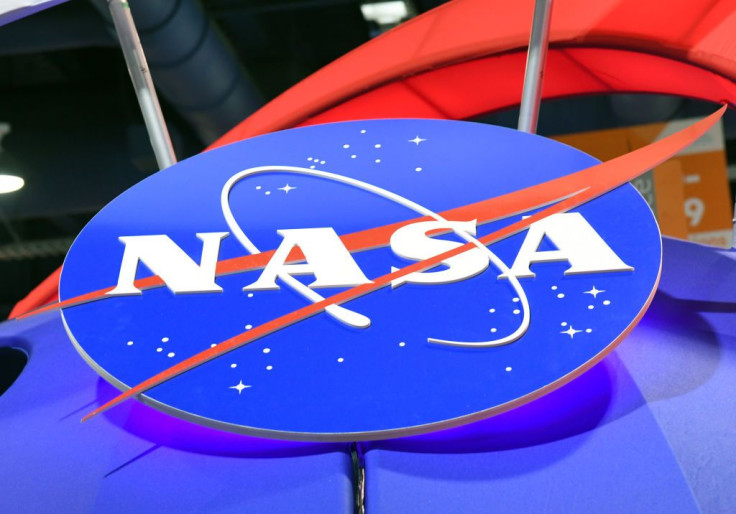NASA Obtains Detailed Images Of Near-Earth Asteroid To Understand Orbit

NASA is one step closer to understanding the nature of a near-Earth asteroid with the help of radar images obtained of the rock with the combined efforts of the space agency and the National Science Foundation (NSF).
Earlier this month, NASA's 230-foot (70-meter) antenna at the Goldstone Deep Space Communications Complex in California, the Arecibo Observatory's 1,000-foot (305-meter) antenna in Puerto Rico and the NSF's 330-foot (100-meter) Green Bank Telescope in West Virginia obtained three radar images of a near-Earth asteroid with the designation 2003 SD220. The detailed images would help scientists get a clearer picture of the surface and shape of the rock and improve the understanding of its orbit.
"This year, with our knowledge about 2003 SD220's slow rotation, we were able to plan out a great sequence of radar images using the largest single-dish radio telescopes in the nation," Patrick Taylor, senior scientist with Universities Space Research Association (USRA) at the Lunar and Planetary Institute (LPI) in Houston, said (via Science Daily).
According to the radar images of the asteroid, its length is at least 1 mile or 1.6 kilometers and its shape somewhat resembles the exposed portion of a hippopotamus wading in a river.
The asteroid flew safely past Earth on Dec. 22 at a distance of around 1.8 million miles or 2.9 million kilometers. This is the nearest the object has ever been to Earth in over 400 years and will remain its closest approach until 2070, when it is expected to zoom past Earth at a slightly closer distance.
NASA and the NSF were able to obtain the images using what is known as a "bistatic radar configuration." In this process, one telescope would transmit signals and another would receive them, resulting to clearer images than ones obtained by just one telescope. This is an "invaluable" technique that is often used to get images of slowly rotating near-Earth asteroids like the 2003 SD220. In this case, the Green Bank Telescope received powerful microwave signals transmitted by either Goldstone or the NASA-funded Arecibo planetary radar.
Lance Benner of the Jet Propulsion Laboratory in Pasadena, California explained that the radar images using this technique are "comparable" to the ones coming from a spacecraft flyby.
"The new details we've uncovered, all the way down to 2003 SD220's geology, will let us reconstruct its shape and rotation state, as was done with Bennu, target of the OSIRIS-REx mission," USRA scientist at LPI Edgard Rivera-Valentín said. "Detailed shape reconstruction lets us better understand how these small bodies formed and evolved over time."
Check out more information about asteroids and near-Earth objects here.
© Copyright IBTimes 2024. All rights reserved.




















